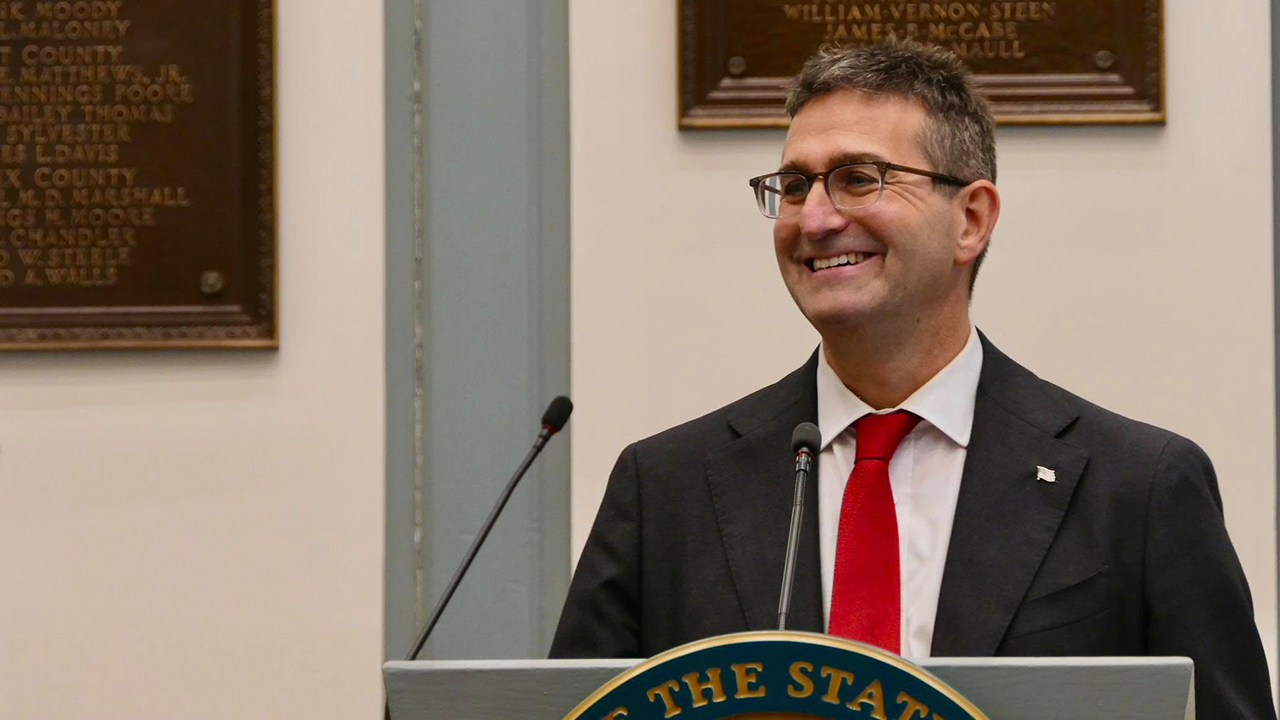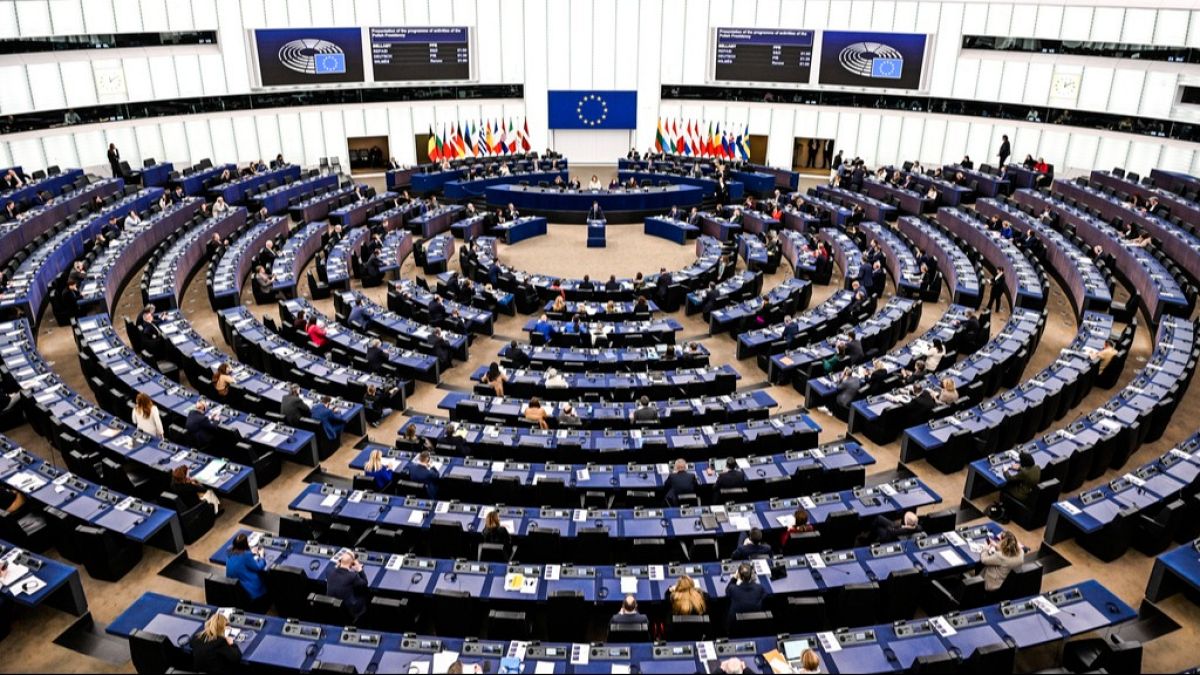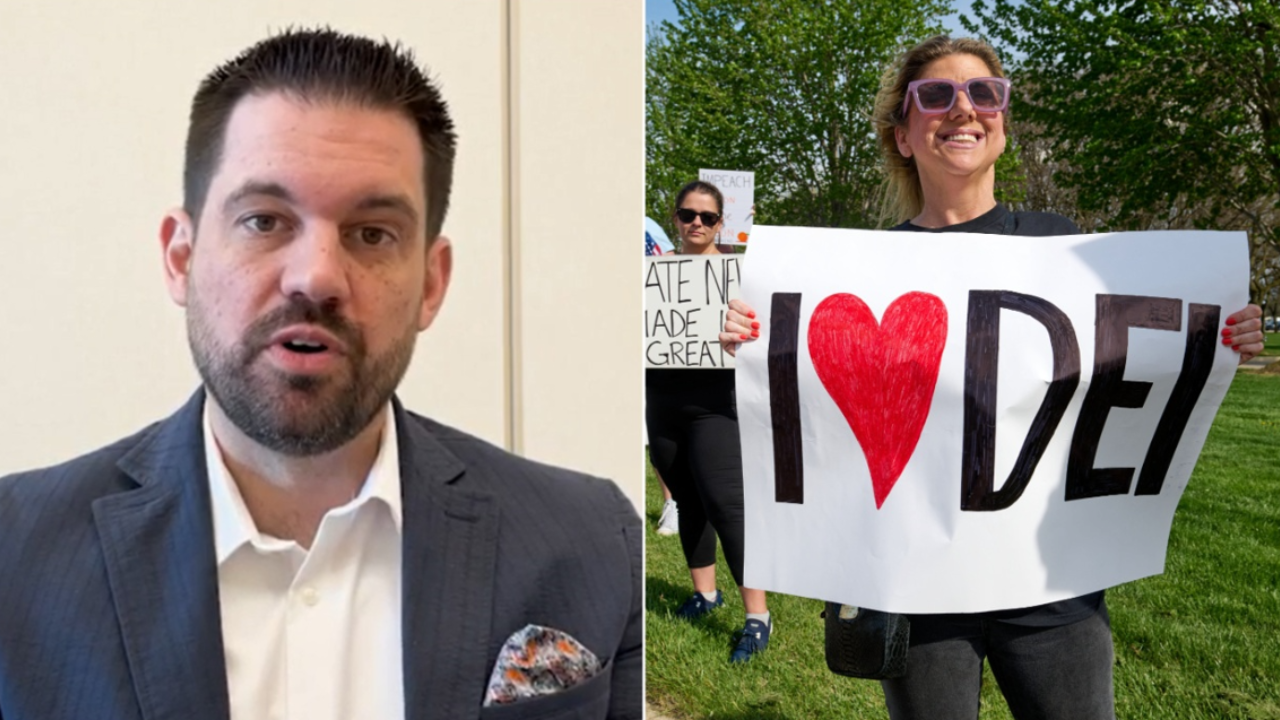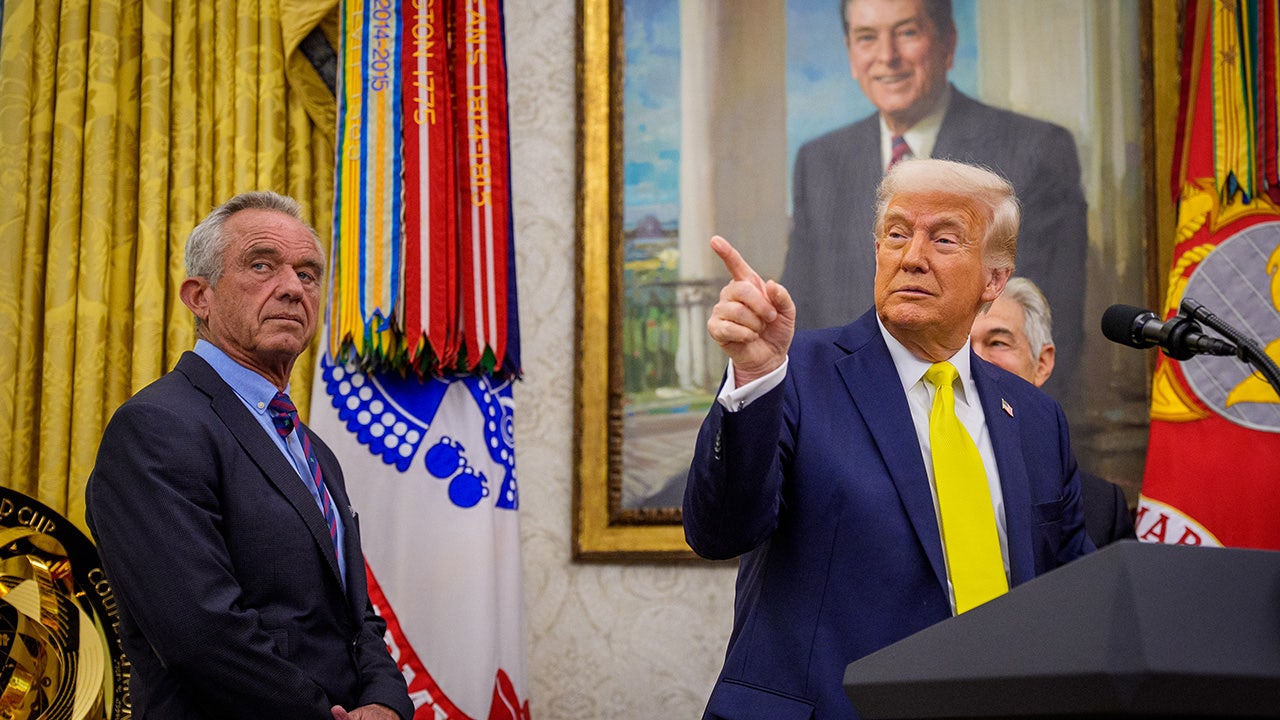Kamala Harris attacked Donald Trump as “unstable”, “obsessed with revenge” and “out for unchecked power” on Tuesday night, as she called on Americans to “turn the page” on her Republican rival and vote for her instead.
In the biggest speech of her political career, the Democratic vice-president drew few punches as she criticised her opponent in this year’s White House race.
“America, we know what Donald Trump has in mind: more chaos, more division and policies that help those at the very top and hurt everyone else,” she said. “I offer a different path, and I ask for your vote.”
With one week to go until election day, Harris was unsparing in her attacks on Trump, but also made a clear pitch to be the candidate of national unity, as she pledged to be a “president for all Americans” and “to always put country above party and self”.
“Unlike Donald Trump, I don’t believe people who disagree with me are the enemy,” Harris said, in front of a crowd her campaign said numbered about 75,000 people. “He wants to put them in jail. I’ll give them a seat at the table.”
Harris delivered her address in Washington DC, with the White House illuminated behind her. She stood on the Ellipse, the site of Trump’s January 6 2021 speech in which he called on his supporters to “fight like hell” hours before they stormed the US Capitol in an attempt to halt Joe Biden from being declared president.
The vice-president’s campaign said the location had been chosen to draw a sharp contrast between her and her Republican opponent.
“We are not at this location by accident. We believe the Ellipse is significant,” Jen O’Malley Dillon, Harris’s campaign chair, told reporters ahead of the speech. “It is a stark visualisation of probably the most infamous example of Donald Trump and how he has used his power for bad.”
The campaign had described Harris’s speech as her “closing argument” with just a week to run in an increasingly tight race. The Financial Times poll tracker shows her and Trump in a virtual tie in the seven swing states that are likely to determine who wins the presidency.
“We know that there are still a lot of voters out there that are still trying to decide who to support or whether to vote at all,” O’Malley Dillon said. “We are very focused on making sure that we are doing everything in our power to reach the voters that are still making up their mind.”
The crowd in Washington, however, was filled with supporters, many of whom said they were cautiously optimistic she would defeat Trump.
Savannah Jones, a 27-year-old attorney originally from Utah, said Harris was the “only reasonable choice”, adding: “I’m nervous but I think she can win.”
Zachary Mohling, a 26-year-old software engineer from the Washington DC suburbs agreed, and discounted the polls showing the two candidates in a virtual tie.
“The polls were wrong in 2016, they were wrong in 2020. Every election cycle they try to account for the silent Trump voter and now they’ve gone to far,” he said.
As election day nears, Harris has stepped up her argument that Trump poses a grave threat to American democracy.
Last week, she attacked the former president for being “increasingly unhinged and unstable” after John Kelly, Trump’s one-time chief of staff, told The New York Times that Trump was an “authoritarian” who admired Adolf Hitler and fell into the “general definition of fascist”.
She has also criss-crossed the country with Liz Cheney, the conservative former Republican congresswoman who broke with Trump and her party over the 2021 Capitol attack and in September said she would be voting for Harris given the “danger that Donald Trump poses”.
The sober warnings stand in stark contrast to the image of a “joyful warrior” that the Harris campaign cultivated over the summer, after she replaced Biden at the top of the Democratic ticket.
But aides insisted her closing message would resonate with millions of voters who are frustrated by the coarseness and division that has plagued US politics in recent years.
Trump’s own attempt at a closing argument at New York’s Madison Square Garden at the weekend was overshadowed by racist and misogynist comments, with one speaker describing Puerto Rico as a “floating island of garbage” and another comparing Harris to a prostitute with “pimp handlers”.
The Trump campaign on Monday hurried to limit the damage from the rally. But Trump showed little remorse on Tuesday, telling reporters at his Mar-a-Lago resort that the New York event was an “absolute lovefest”.
US Election Countdown
Sign up to our US Election Countdown newsletter, your essential guide to the twists and turns of the 2024 presidential election



























